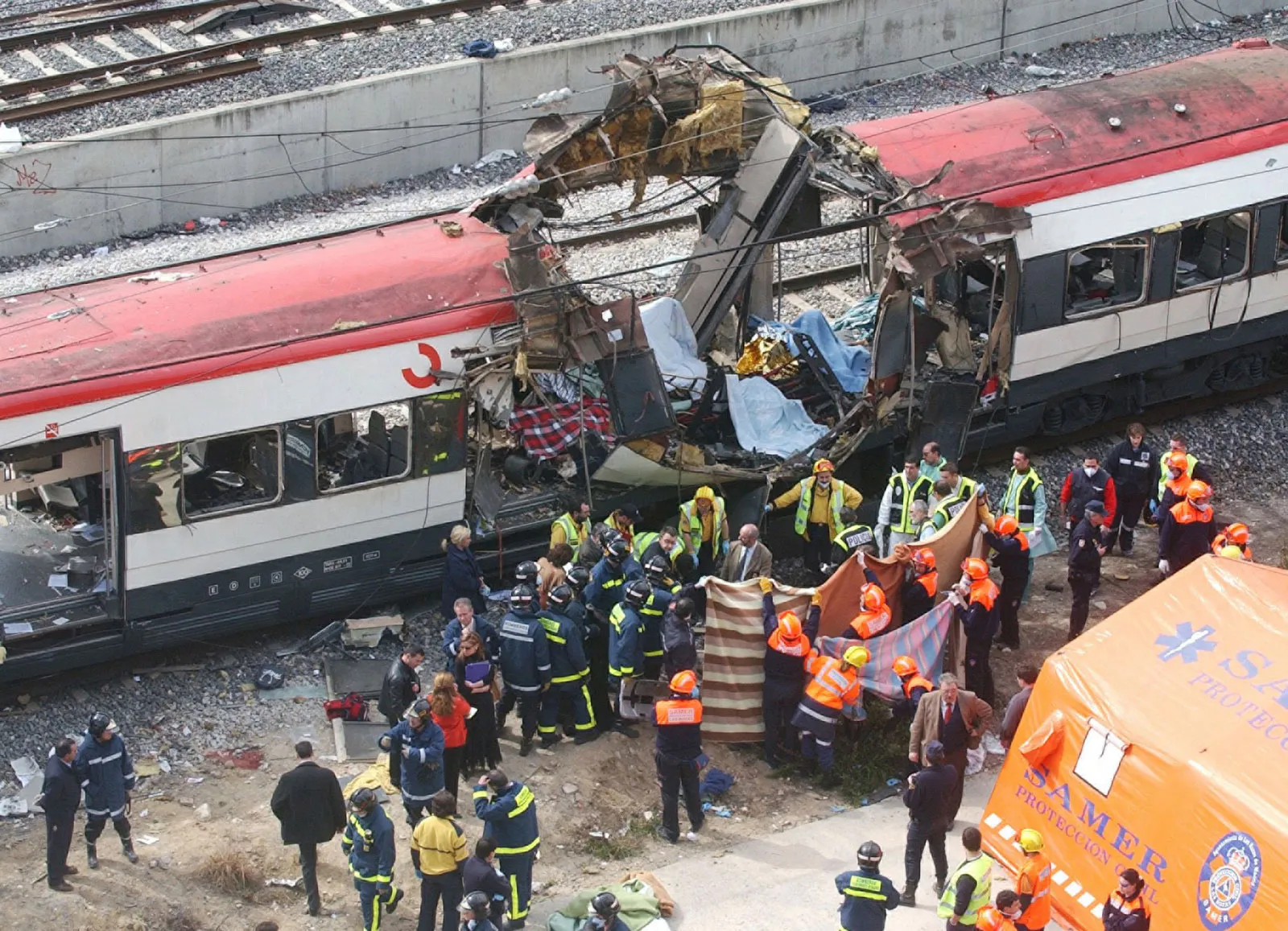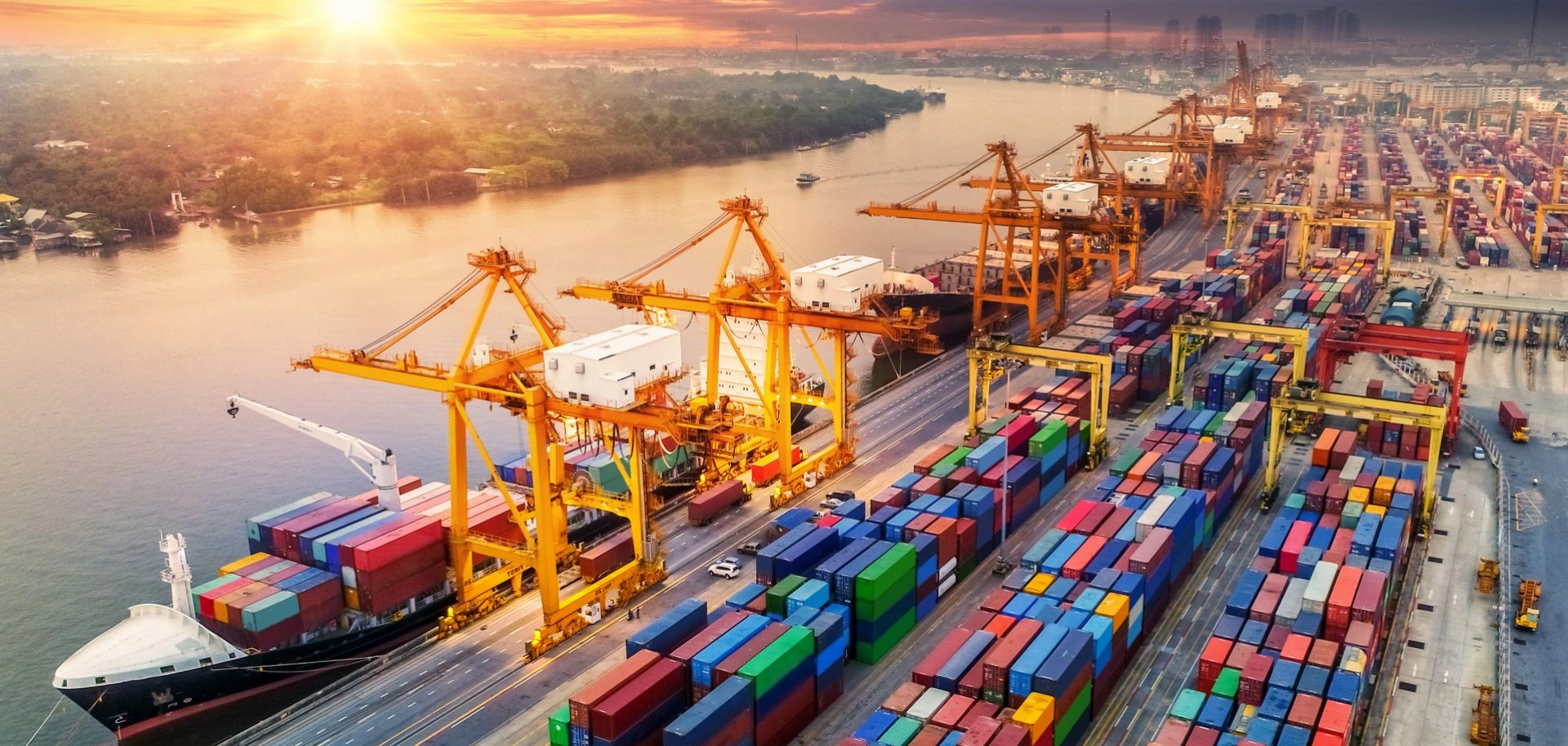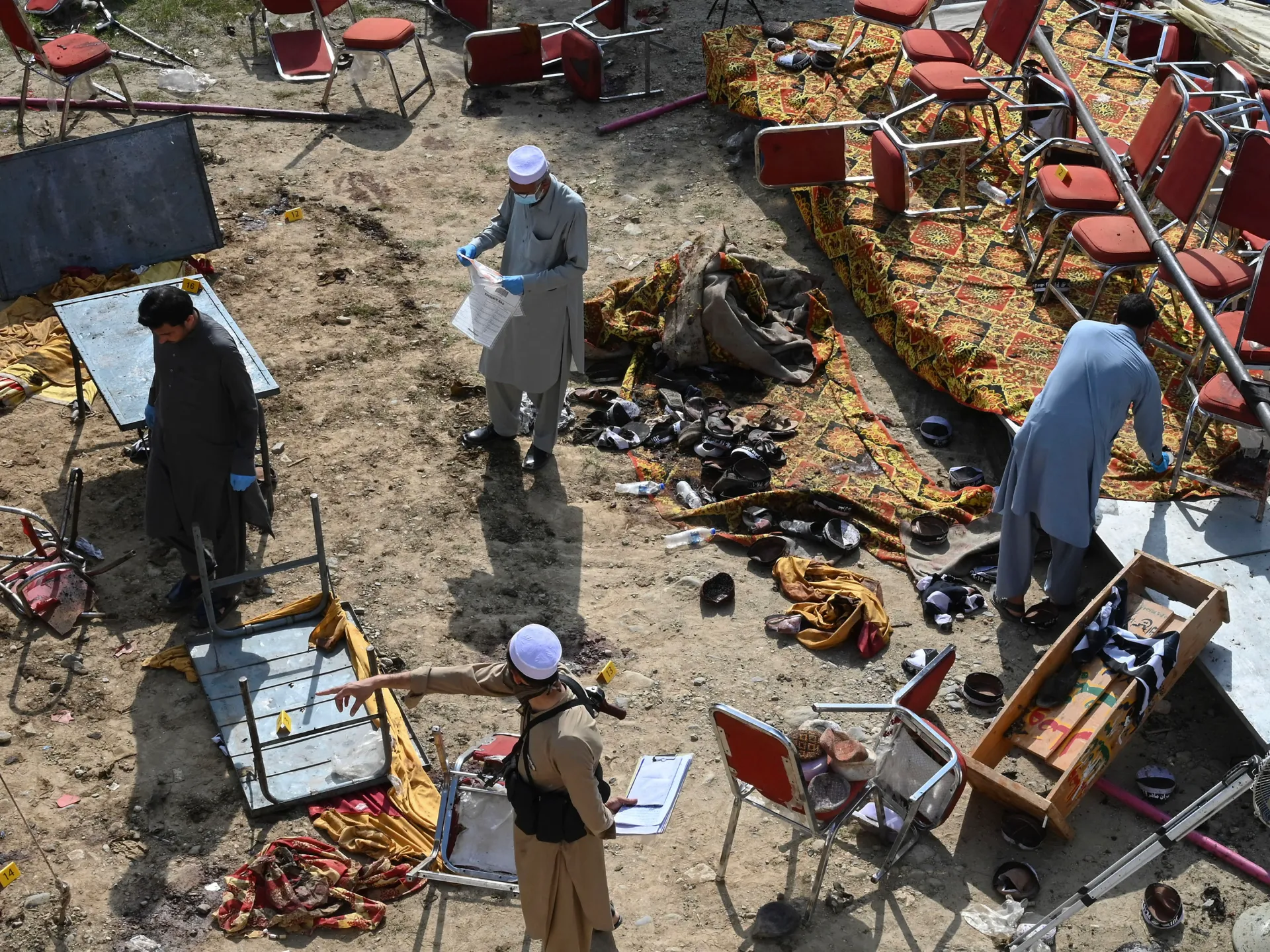The government of Taiwan has promised its most advanced semiconductor technology will not be moved to the US under a new $100bn (£79bn) deal signed between the chip maker TSMC and Donald Trump, amid accusations that it is allowing the island’s national security to be undermined.
The government said the deal must still go through government assessments, which would take into account the interests of the country as well as investors.
The surprise announcement on Monday by Trump and the chief executive of Taiwan Semiconductor Manufacturing Co (TSMC), CC Wei, has prompted controversy and confusion in Taiwan, where the industry is crucial to its economy and national security.
On Monday, TSMC said it would increase its existing US investment by $100bn, building five new “cutting edge” facilities on US soil.
Trump said the deal meant TSMC would avoid the industry-wide 25% tariffs amid efforts to bring more manufacturing to the US and assert US trade dominance over rivals and allies. Wei said the deal meant TSMC was “producing the most advanced chip on US soil”.
That statement has been called into question by pledges from government officials that the tightly protected tech would stay onshore. The presidential office spokesperson Karen Kuo, said the government would ensure TSMC “will keep its most advanced manufacturing processes in Taiwan”.
But the specifics of any restrictions are unclear. In November, Taiwanese officials and media said TSMC would begin production of its most advanced 2-nanometer chip in its US facilities from about 2028. Asked if this was still the case, officials referred the Guardian to comments by economics minister on Tuesday, saying “next year, 2nm and 1.6nm [chips] will not be produced in the US”.
TSMC and the ministry of economics have been contacted for clarification.
Government statements also suggested TSMC had not yet applied for government approvals required for foreign investments of that size, when the deal was announced. The Taiwan minister of economic affairs, Kuo Jyh-Huei, said that assessment would “take into account the interests of investors and the country”.
Kuo, however, emphasised that the office had “full knowledge” of TSMC-related investments in advance.
Also See: Taiwan’s TSMC to Invest $100bn in US Chip Manufacturing, Trump Announces
TSMC produces almost all of the world’s most advanced semiconductors, and the industry is often referred to as Taiwan’s “silicon shield”, incentivising the US and allies to support Taiwan against Chinese invasion in order to keep the tech out of Beijing’s control.
Opposition figures have said the deal would reduce Taiwan’s defences. The defence minister, however, said he was still convinced the US would protect Taiwan.
“Taking away Taiwan’s technology sector will reduce the power of Taiwan’s’ ‘silicon shield’,” said James Yifan Chen, the assistant professor in the department of diplomacy and international relations at Tamkang University in Taiwan. “Taiwan without semiconductor and tech industries will be like Ukraine without nuclear weapons.”
The deal drew criticism from the opposition in Taiwan. The leader of the KMT’s legislative caucus, Fu Kun-chi, asked “Where is Taiwan’s national security if TSMC become ASMC and the sacred mountain that protects the country is gone?”
“The more TSMC produces in the US, the lower Taiwan’s geopolitical importance will be, and the less incentive the US will have to help Taiwan in the future,” said the KMT legislator Ko Ju-Chun.
On Monday, Trump said that an invasion of Taiwan would be “catastrophic” but the TSMC investment reduced the impact on US interests. “[It] will at least give us a position where … in this very, very important business, we would have a very big part of it in the US,” he added.
Trump’s second presidential term has been marked by an upending of US foreign policy, including a stunning rejection of Ukraine in its defensive war against Russia.
Taiwan has long seen parallels between Russia’s invasion of Ukraine and China’s own invasion threats, but despite Trump repeatedly questioning the worth of continuing to support Taiwan, the government in Taipei has been hesitant to criticise or question the leader of its most powerful and significant supporter.
The Taiwan defence minister, Wellington Koo, said he was still “convinced” that the US would not abandon Taiwan. Koo said the “rapid and strange” changes in the international situation had raised questions about Trump’s core interests, but he believed the cost of a Taiwan war was too high for the US to allow it to happen.
“I think it is impossible for the US to withdraw from the Indo-Pacific because it is the core interest of the US, whether from the perspective of economic growth, political views or military security,” he said.
Taiwan’s government has scrambled to deter Trump from imposing tariffs on Taiwan and crucial industries. It has sent government delegations to Washington, and promised to increase defence spending and reduce its trade surplus with the US. The TSMC deal was widely seen as a move to avoid tariffs, an outcome Trump said had been achieved, but Kuo on Tuesday rejected suggestions it was related.
“TSMC already has plants in the US and Japan, and it’s now building new a plant in Germany,” Kuo said. “These have nothing to do with tariffs. TSMC’s global expansion is a crucial development.”
This news is sourced from The Guardian and is intended for informational purposes only.

![Taiwan vows to keep its most advanced chip technology onshore amid TSMC’s $100bn US deal with Trump, sparking security concerns. [Image via Shutterstock]](https://southasiatimes.org/wp-content/uploads/2025/03/3543.webp)




